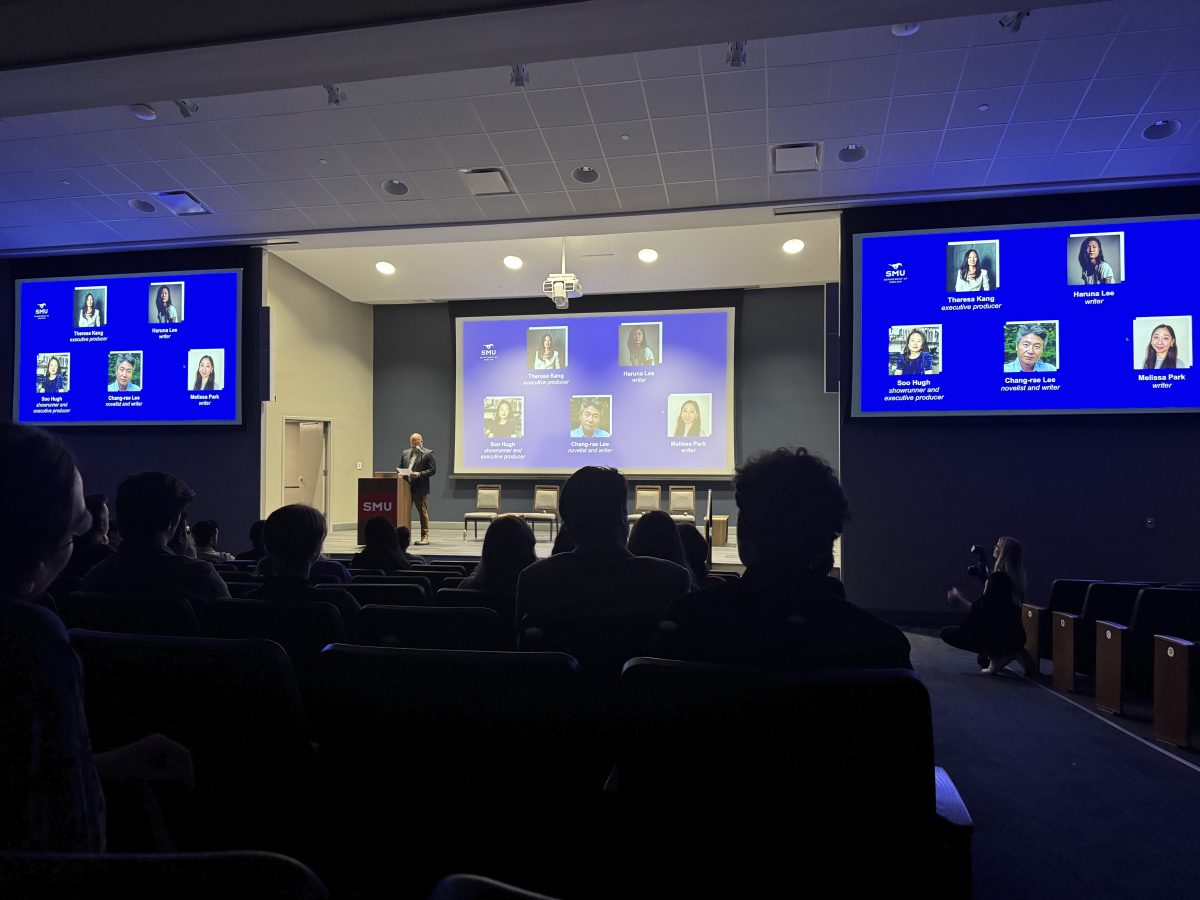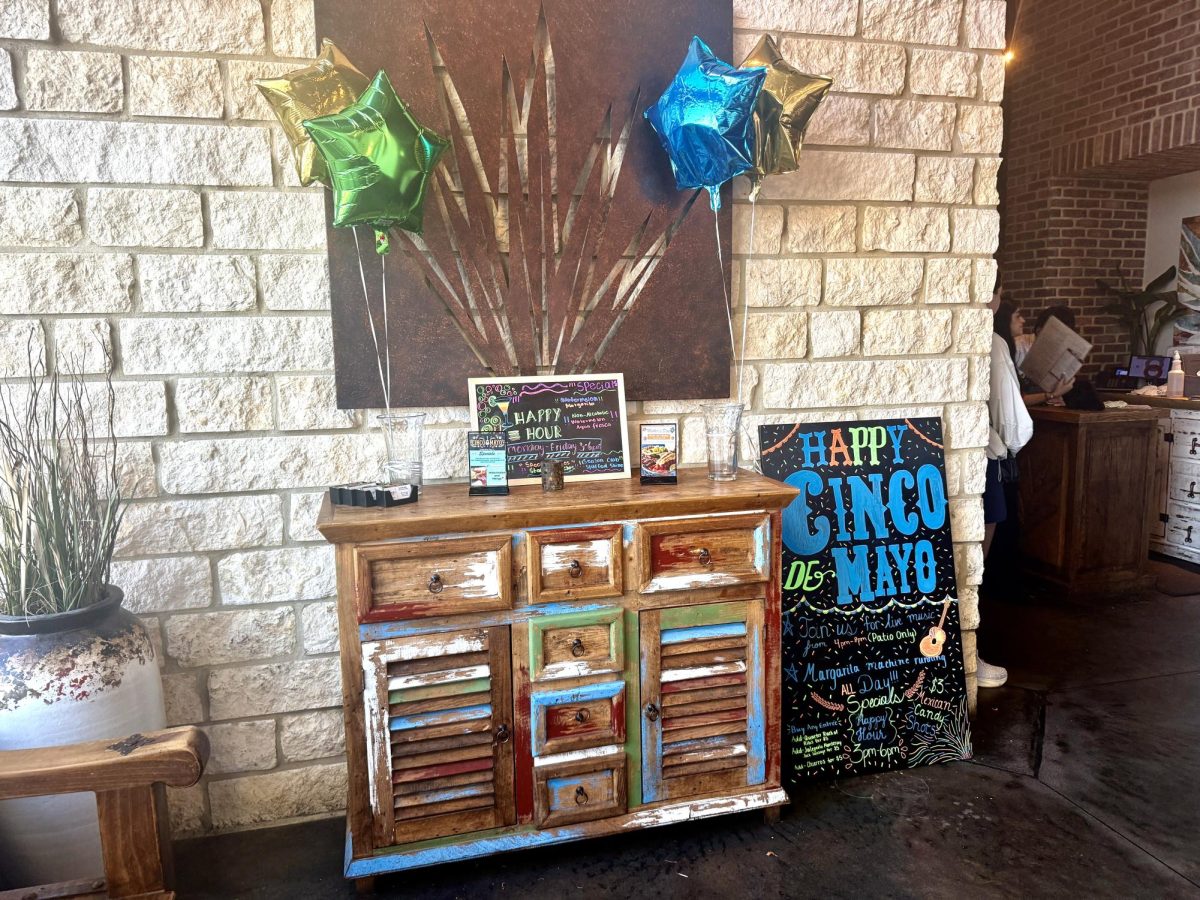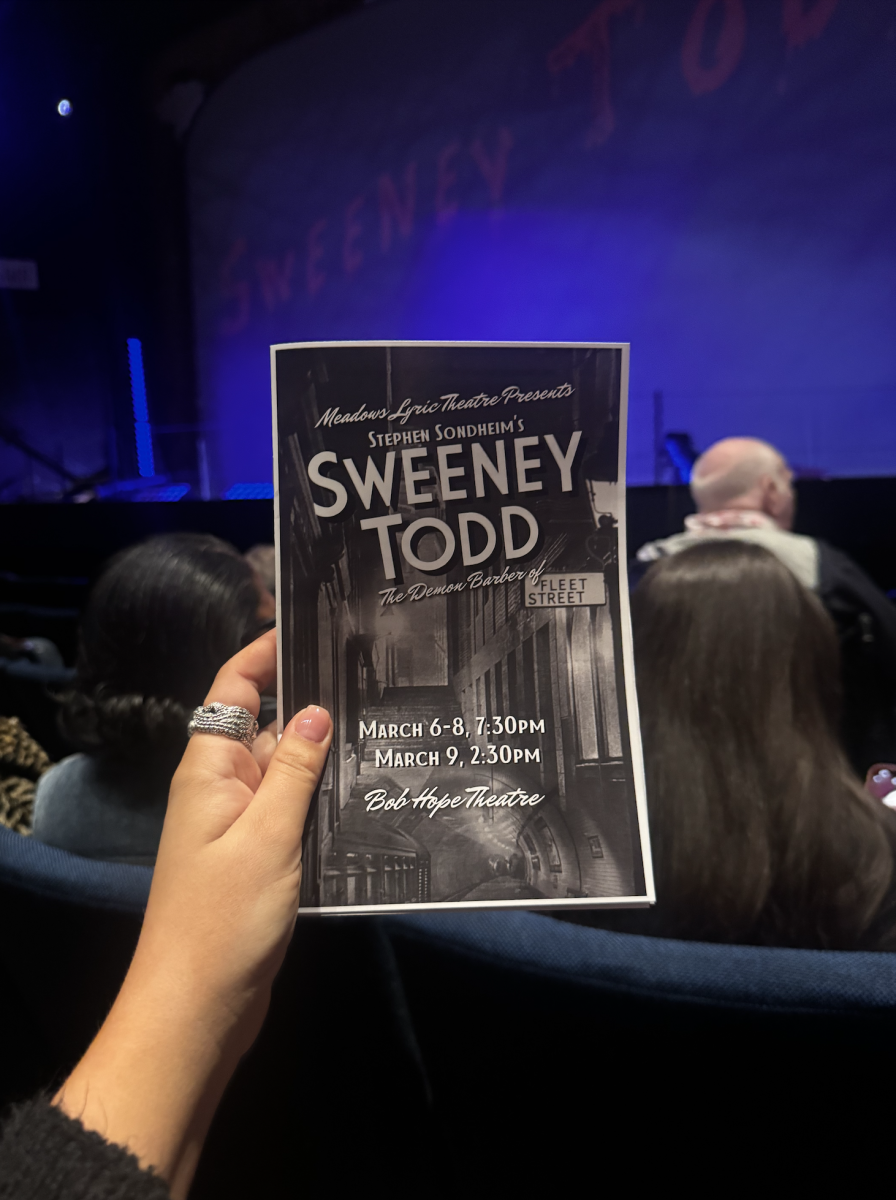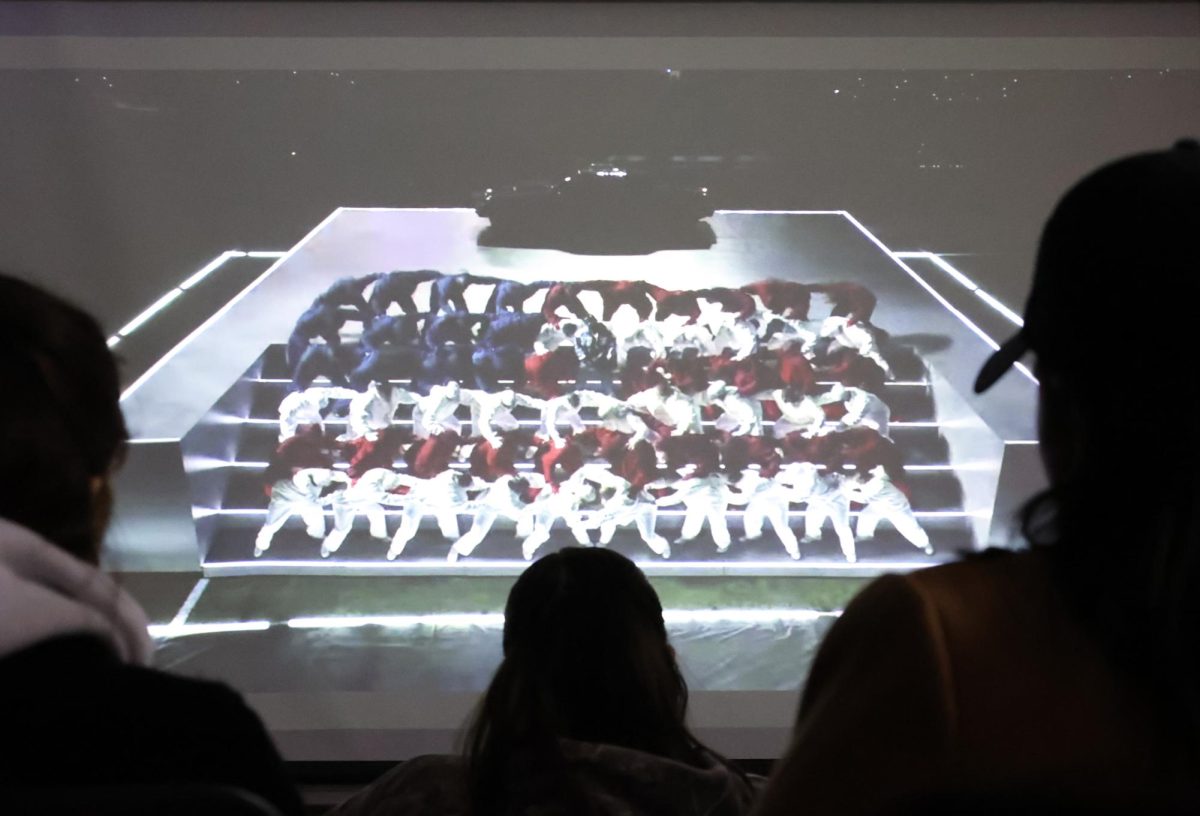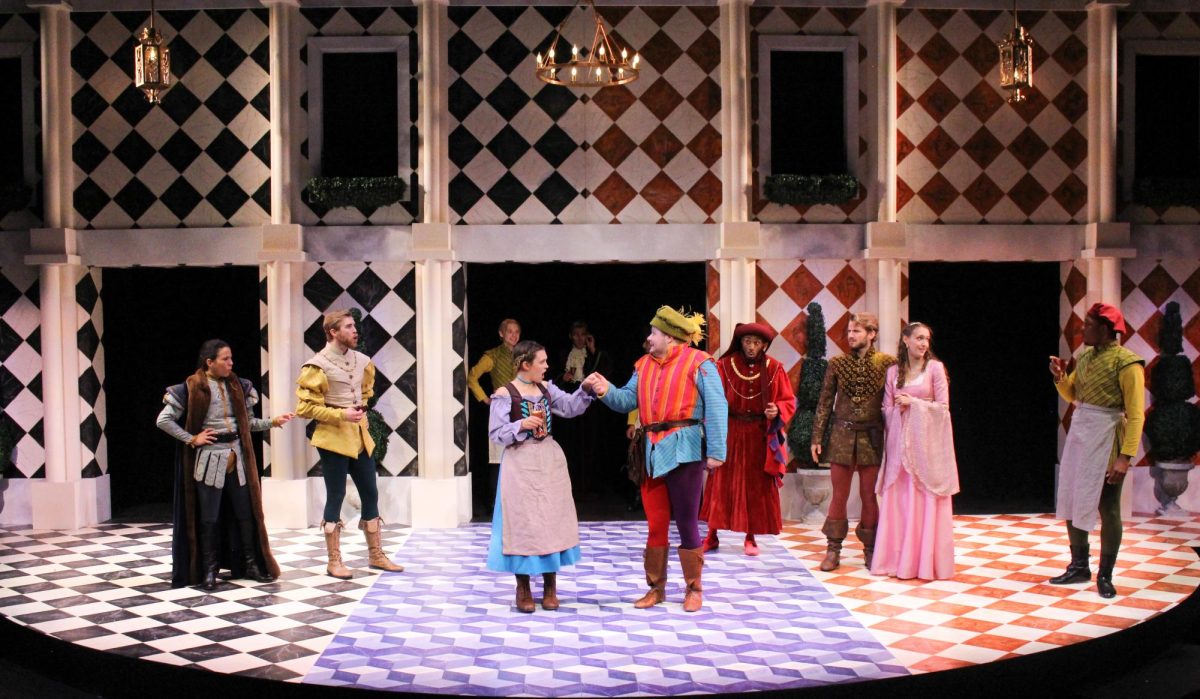On Wednesday, Oct. 23, in the Oren Family Auditorium, SMU’s Department of English and its Narrative Now initiative presented an exclusive screening of an episode from Apple TV+’s critically acclaimed series Pachinko, followed by an in-depth conversation with the creative team behind the show.
The screening and discussion, an opportunity open to all SMU students, but highly encouraged for English majors, was a part of the Narrative Now initiative to connect the SMU community to contemporary storytellers. SMU English department chair, Christopher Gonzalez, hosted the event. “Our goal is to foster rich conversations and values in narrative theory,” he says. “We are bringing together thinkers of how stories shape our world and captivate audiences around the globe.”
Based on Min Jin Lee’s bestselling novel, Pachinko tells the story of a Korean family’s journey across four generations in the late 20th century when Koreans were living under Japanese rule, encompassing themes of strength, identity and cultural roots.
The series, filmed in three different countries, has been commemorated for its rich visuals and accurate portrayal of Korean immigrant experiences.
“Every episode has a moment where I choke up,” Gonzalez said..
Audience members watched Season 2, Episode 2 of the series, which dealt with heartbreaking incidents and explored heavy themes of loss and resilience.
As the five creators joined the stage after the episode screening, novelist and writer, Chand-rae Lee reflected on the tragedy presented in the specific episode.
“There’s a gleam in a lot of it, even the sadness,” he says.
While the novel provides an immersive experience to tell the story in a linear fashion, the show brings the story to life visually in a different manner, as the show is set in two timelines.
“I wanted to tell a bigger story, and the linear version was not enough for me,” Soo Hugh, showrunner and executive producer, said..
The author of the book was not involved in the adaptation process.
When making decisions on what was determined to stay in the show from the book, it demonstrated some disorder in the writing room, but the contributors narrowed it down to focus on the foundation of the show.
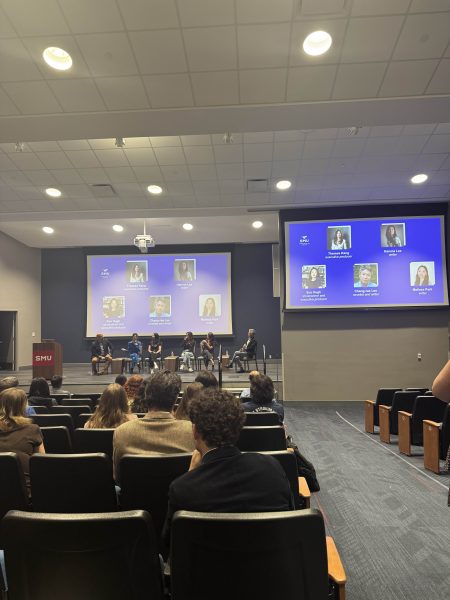
Soo Hugh, Chang-rae Lee. (Neely Davis)
“We are working as Asian Americans in a room and I think the conflict came up when we were trying to consider, you know, ‘What is it to be Korean and Japanese?’ and the difference there,” writer Haruna Lee says.
Opposingly to the novel, the series is predominantly not told in the English language, with much of the dialogue in Korean and Japanese. Because of the different dialects in each language, watching the show in English provides the viewer with a less detailed version.
“People who watch it in English don’t get the same show. This is a completely different show for people who watch it in Japanese and Korean.” Hugh says.
The weight and pressures of history are aspects that the creators prioritize by committing to cultural accuracy within the show on a range of topics including World War II, education and food.
“We have people Zooming in from everywhere to give us their expertise,” Chang-rae Lee said. “I don’t know if that’s typical, but particularly for this show, the weight and burden of capturing history and doing that authentically is critical.”
The creative team gave the audience a descriptive, behind-the-scenes look into their experiences in the writer’s room and on the set of the show.
“When I went to the set, there’s an army of people who are there and it is absolutely choreographed,” Chang-rae Lee said. “It is this flow of constant activity, where everyone knows their job and understands their roles. It is truly a beautiful mechanism; it was a profound kind of thing to see.”
During the discussion and the following Q&A segment, the creators spoke often about their collaborative relationship and how it felt as if they had become a family while working together.
“When I entered the writer’s room, I just felt so taken care of,” Haruna Lee says.
As executive producer Theresa Kang refers to her, Hugh is the team’s “brain trust,” she takes on the head leader and planner role, which every member of the team recognizes and credits to the success of the show.
“Soo didn’t put limits on us. No boundaries. We were asked to dream big and think crazy, and we did,” Kang says.
Maddie Waiss, an SMU sophomore studying film, attended the Pachinko screening and discussion.
“I appreciated that many of the creators were present for a Q&A session, as I hoped to learn from those in my desired field,” she said. “In the episode, the family’s love and bond was so powerful. I noticed a similar camaraderie among the creators; they spoke highly of one another, which I believe enhanced their portrayal of family relationships in the show. Their mutual respect and appreciation for each other’s contributions was evident.”
The exclusive Pachinko screening and Q&A were part of SMU English department’s Narrative Now initiative which seeks to connect the community with modern storytellers. The department will be hosting more upcoming events planned this semester and more information can be found on their website.



